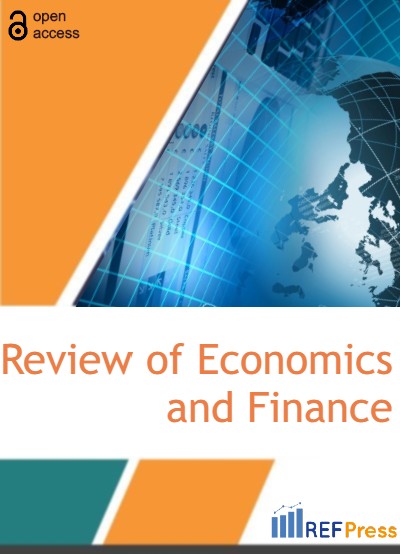
The Work Environment as a Moderator of the HRM Practice Impacts on Employee Retention in the Apparel Industry
(Pages 2568-2574)Asaad Alsakarneh1,*, Hisham Ali Shatnawi2, Ro’aa Adnan Mustafa Alrababah2, Hamzeh Alhawamdeh3 and Abbas Mohammad Alhawamdeh1
1Department of Human Resource Management, Faculty of Business, Jerash University, Jordan.
2Department of Business Administration, Faculty of Business, Ajloun National University,Jordan.
3Department of Administrative Sciences, Faculty of Business, JerashUniversity, Jordan.
DOI: https://doi.org/10.55365/1923.x2023.21.274
Abstract:
The HRM practices and improving employee retention are major concerns of all organisations, as human workforces are the significant assets of both manufacturing and services industries. The current study aims to examine the relationship between human resource management (HRM) practices and employee retention in the Jordanian apparel industry. The study also explored the moderating influence of the work environment on the relationship between HRM practices and employee retention. The proposed hypotheses were tested on the Smart PLS software based on the data collected from 260 employees in the apparel industry via a questionnaire. Resultantly, a significant correlation was discovered between the recruitment and selection process, training and development, and compensation with employee retention in the apparel industry. The work environment significantly influenced the relationships between HRM practices, including recruitment and selection processes, learning and development, compensation, and employee retention. Improving employee retention requires all HRM practices and the necessary skills for the relevant industries.
Keywords:
HRM practices, employee retention, apparel industry.
How to Cite:
Asaad Alsakarneh, Hisham Ali Shatnawi, Ro’aa Adnan Mustafa Alrababah, Hamzeh Alhawamdeh and Abbas Mohammad Alhawamdeh. The Work Environment as a Moderator of the HRM Practice Impacts on Employee Retention in the Apparel Industry. [ref]: vol.21.2023. available at: https://refpress.org/ref-vol21-a274/
Licensee REF Press This is an open access article licensed under the terms of the Creative Commons Attribution Non-Commercial License (http://creativecommons.org/licenses/by-nc/3.0/) which permits unrestricted, non-commercial use, distribution and reproduction in any medium, provided the work is properly cited.
